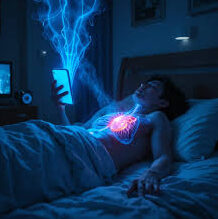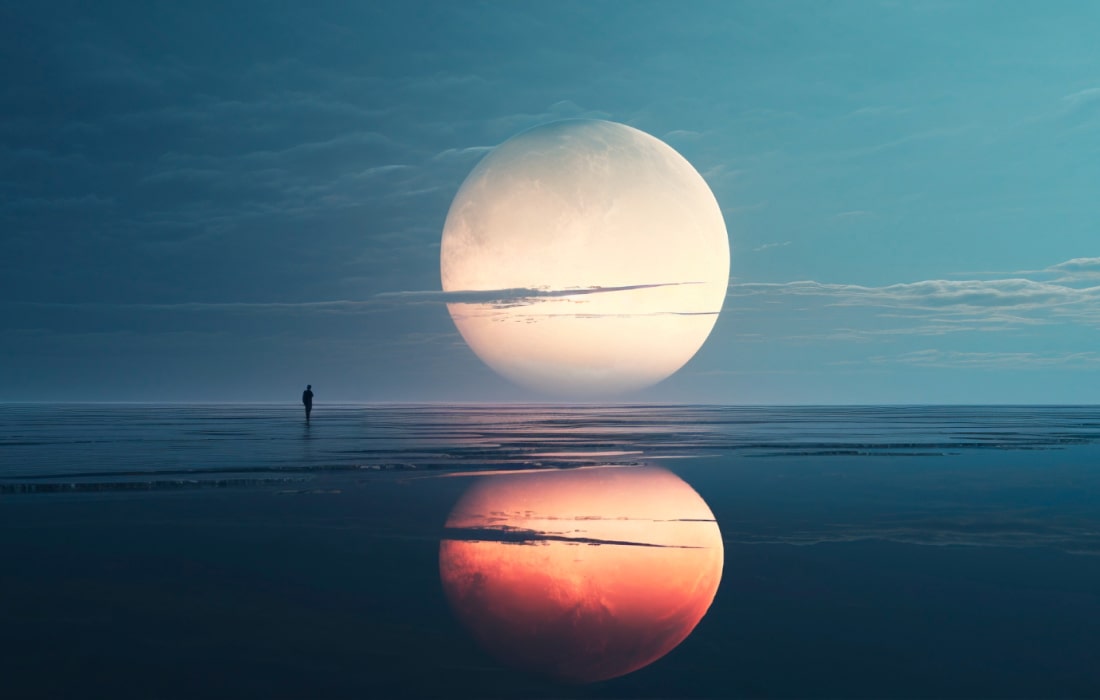
Using artificial light at night causes heart disease
Excessive use of artificial light in the room before going to bed at night, such as mobile phones, laptops and other such factors, can lead to heart disease. This has been revealed in a study conducted in Australia. This study has also been confirmed by cardiologists and has been declared scientifically correct. According to experts,…

